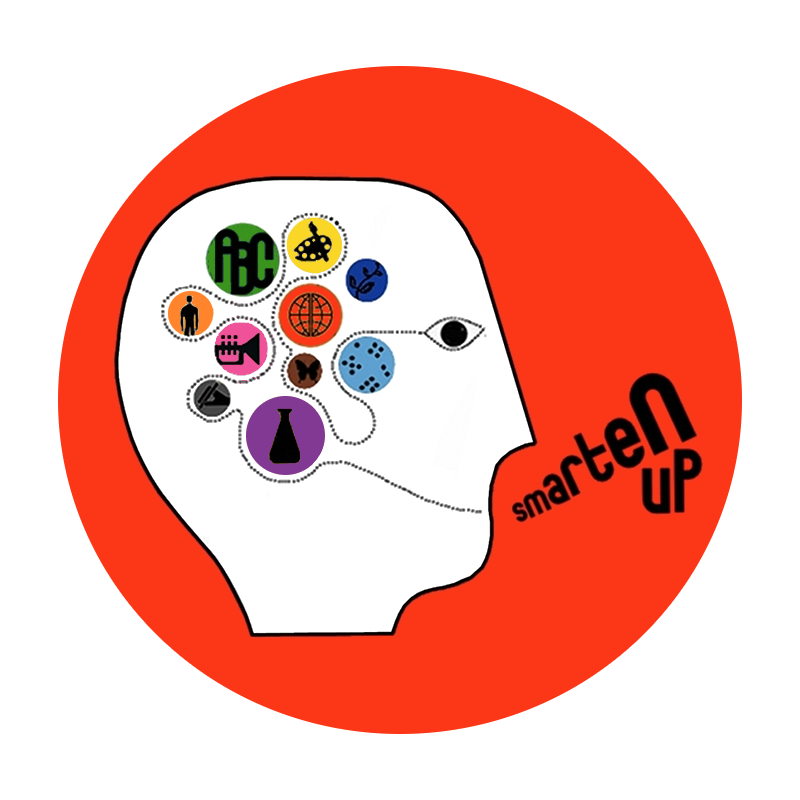In today's tech-driven world, being a responsible citizen doesn't just mean knowing your rights and obeying the law — the sort of thing students might learn about in history or civics class, as they delve into America’s founding documents. It also means understanding how to navigate the online world safely, ethically, and productively in ways that the writers of the Constitution never imagined. That's where digital citizenship comes in.
What is digital citizenship?
When experts talk about teaching students to be good “digital citizens,” they’re referring to a set of skills and values that help students become positive and responsible members of the digital community. That means using technology thoughtfully, respectfully, and with an awareness of its impact on yourself and others.
Why is it important?
Increasingly, some growing portion of our lives ‘takes place’ — perhaps an outdated phrase, in the virtual world — on online platforms. This isn’t breaking news, but experts are still reckoning with the positive and negative effects of our virtual existence. The online world holds immense potential for learning, connecting, and expressing ourselves. However, it also comes with risks like cyberbullying, misinformation, and privacy concerns. By practicing good digital citizenship, we can create a safer and more positive online environment for everyone.
Here are some key aspects of digital citizenship:
Privacy and security: Understanding how to protect your personal information online and using technology with appropriate caution.
Respect and empathy: Treating others online with kindness and consideration, just as you would in person.
Critical thinking and digital literacy: Evaluating information online carefully and avoiding the spread of misinformation.
Digital rights and responsibilities: Knowing your rights in the digital world and taking responsibility for your online actions.
How can you practice digital citizenship?
Think before you post: Consider how your words and actions online might affect others — and how they might affect you in the future.
Be respectful: Avoid cyberbullying, hate speech, and online harassment in all its forms. Remember the golden rule: treat others the way you would like to be treated.
Protect your privacy: Be mindful of what information you share online and use strong passwords that you regularly change.
Be a responsible creator: Cite your sources when sharing information and avoid plagiarism — creativity and scholarship are often collaborative, and there’s no shame in that! But give credit where credit is due. To keep the conversation moving forward we have to acknowledge one another’s contributions.
Stand up for others: Report cyberbullying and online harassment you witness.
For parents:
Talk to your kids about digital citizenship: Open up a dialogue about their online activities and encourage them to ask questions.
Set clear expectations: Establish rules and boundaries for using technology responsibly.
Help them develop critical thinking skills: Encourage them to question what they see online and fact-check information.
Be a role model: Show your kids how to use technology responsibly and respectfully.










